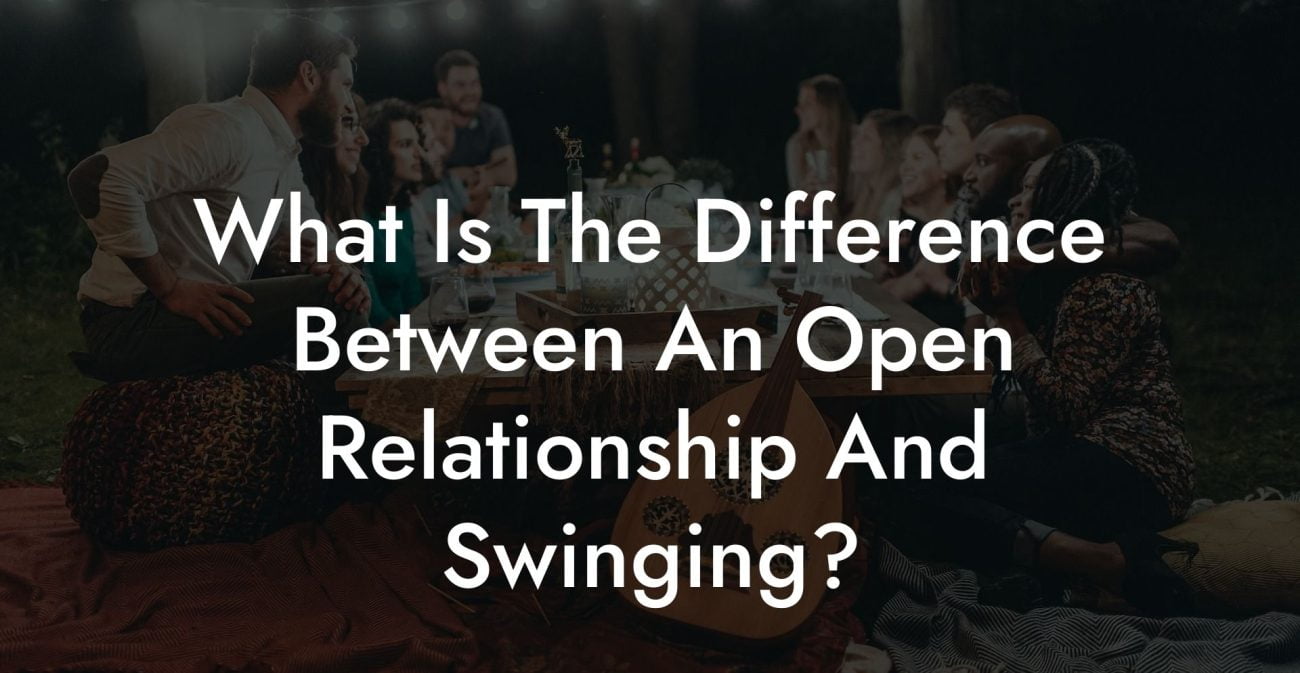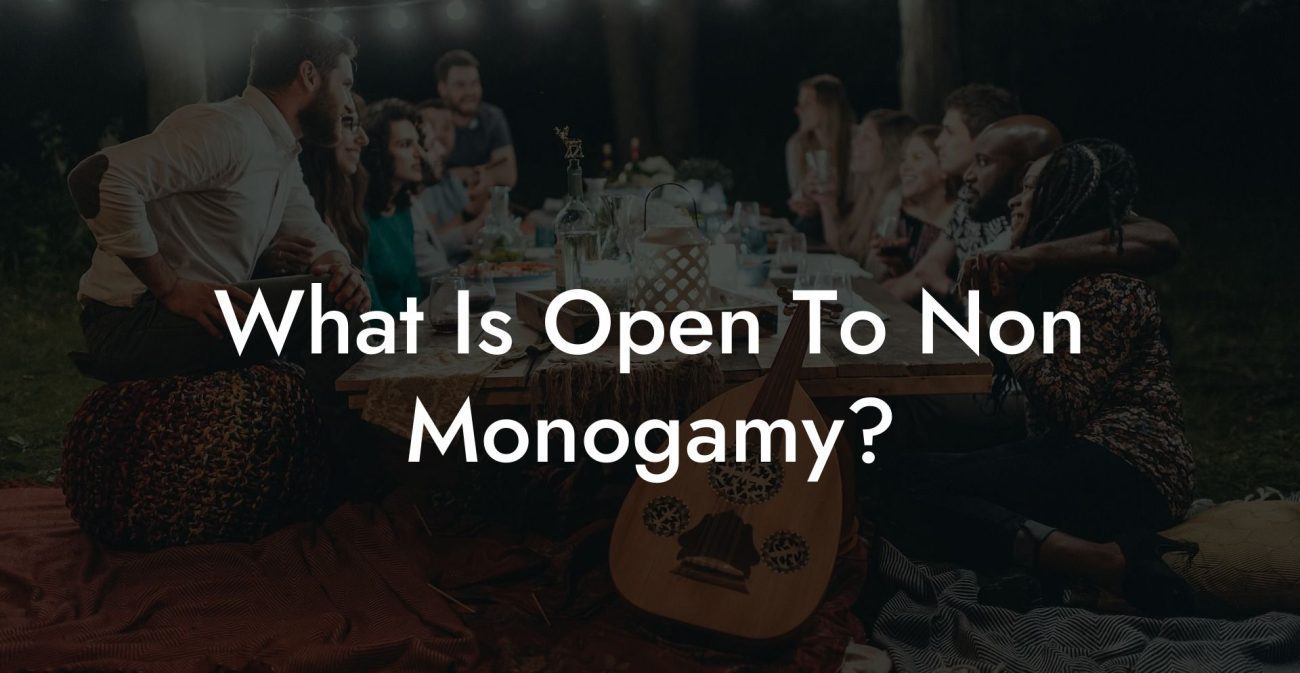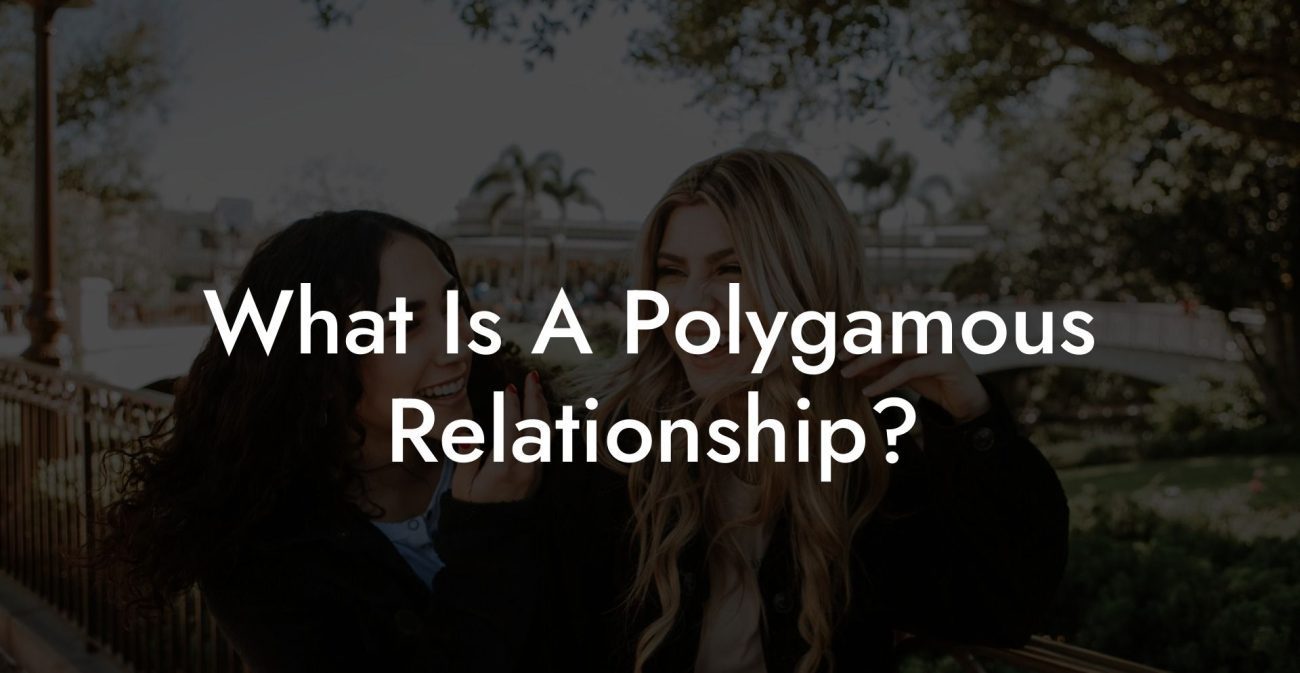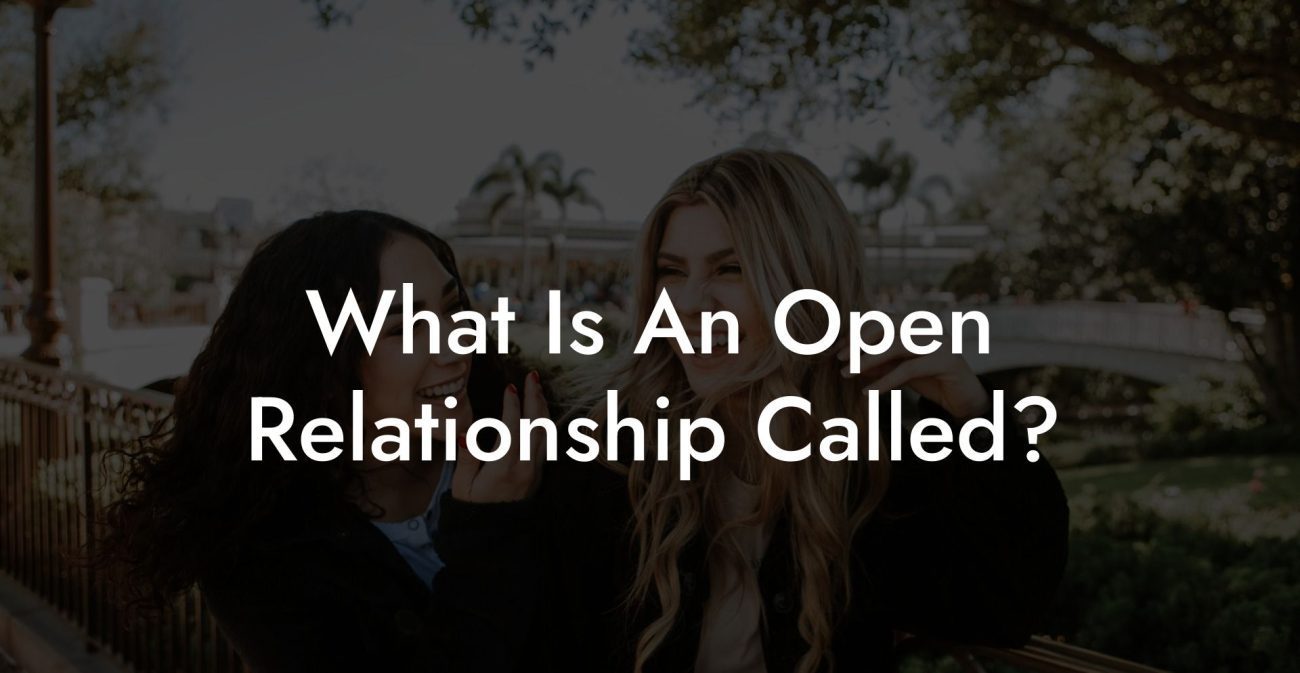Understanding the concept of partnership in relationships is crucial for those who are looking to expand their horizons and explore new lifestyles. In this blog post, we will dive into the meaning behind the term "partners" in the context of non-monogamy, monogamy, and polyamory. We'll also provide some real-life examples and situations to illustrate its significance in forming and maintaining successful and healthy relationships.
Partners Significado Table of Contents
Monogamous Partners
In the context of monogamous relationships, partners typically refer to two individuals who are in an exclusive romantic and sexual relationship. They are committed to one another, often with the intention of building a life and future together. Monogamous partners may choose to get married, start a family, or simply maintain a long-term partnership without any formal legal ties.
Qualities of Monogamous Partnerships
- Exclusivity: Monogamous partners only engage in romantic and sexual activities with each other, and no one else.
- Commitment: Both partners are dedicated to nurturing their relationship, supporting each other's goals, and overcoming challenges together.
- Trust: Trust is an essential ingredient in any monogamous partnership, as both partners rely on each other's honesty and loyalty.
Non-Monogamous Partners
Non-monogamous partnerships come in many different forms, with some allowing for multiple romantic and sexual connections, while others may only allow for multiple emotional connections. Understanding the unique dynamics of these partnerships can better inform those considering non-monogamous relationships.
Types of Non-Monogamous Partnerships
- Open Relationships: Partners in an open relationship maintain their emotional exclusivity while permitting each other to engage in sexual activities with other people.
- Swinging: Couples who engage in swinging may participate in consensual sexual activities with other couples or individuals, often focused on casual and recreational experiences.
- Polyamory: Polyamorous individuals may have multiple romantic and sexual partners simultaneously, forming interconnected webs of relationships built on consent, communication, and understanding.
Defining Partners in Polyamory
Polyamorous relationships can be more complex than monogamous or other non-monogamous partnerships because they involve multiple loving and committed connections. It can be helpful to better understand the distinctions among different types of polyamorous partnerships to know what you are looking for if you decide to embark on a polyamorous journey.
Polyamorous Partner Types
- Primary Partners: These are individuals who share a deep emotional, romantic, and often financial connection, with a level of commitment comparable to that of monogamous couples.
- Secondary Partners: Secondary partners may have a strong emotional bond and regular interaction, but the relationship may not involve the same level of commitment and entanglement as a primary partnership.
- Tertiary Partners: These partners may have an emotional connection, but the relationship is more casual, often focused on sexual encounters or occasional companionship.
Partners Significado Example:
Imagine a polyamorous triad, where Alice, Bob, and Carol are all in a committed relationship with each other. They consider themselves primary partners, sharing a home and the responsibilities of their day-to-day life. They have agreed that their partnership is open to exploring connections with others.
Alice begins seeing David, and they quickly form a strong emotional bond. Although David is not as deeply entwined in Alice’s life as her primary partners, they have a regular schedule of dates and trips together. David is considered Alice's secondary partner.
Meanwhile, Bob has occasional sexual encounters with other people, always with the knowledge and consent of his primary partners. However, these connections remain casual and more focused on pleasure than emotional connection, making them tertiary partners.
Understanding the different facets of partnerships in non-monogamous, monogamous and polyamorous relationships can help individuals seeking such lifestyle to navigate their journey more effectively and form healthy, fulfilling relationships. Remember to share this informative post with friends, family, or anyone open to learning more about partnership dynamics. Keep exploring The Monogamy Experiment for more insights and guides to enhance your relationship experiences!













